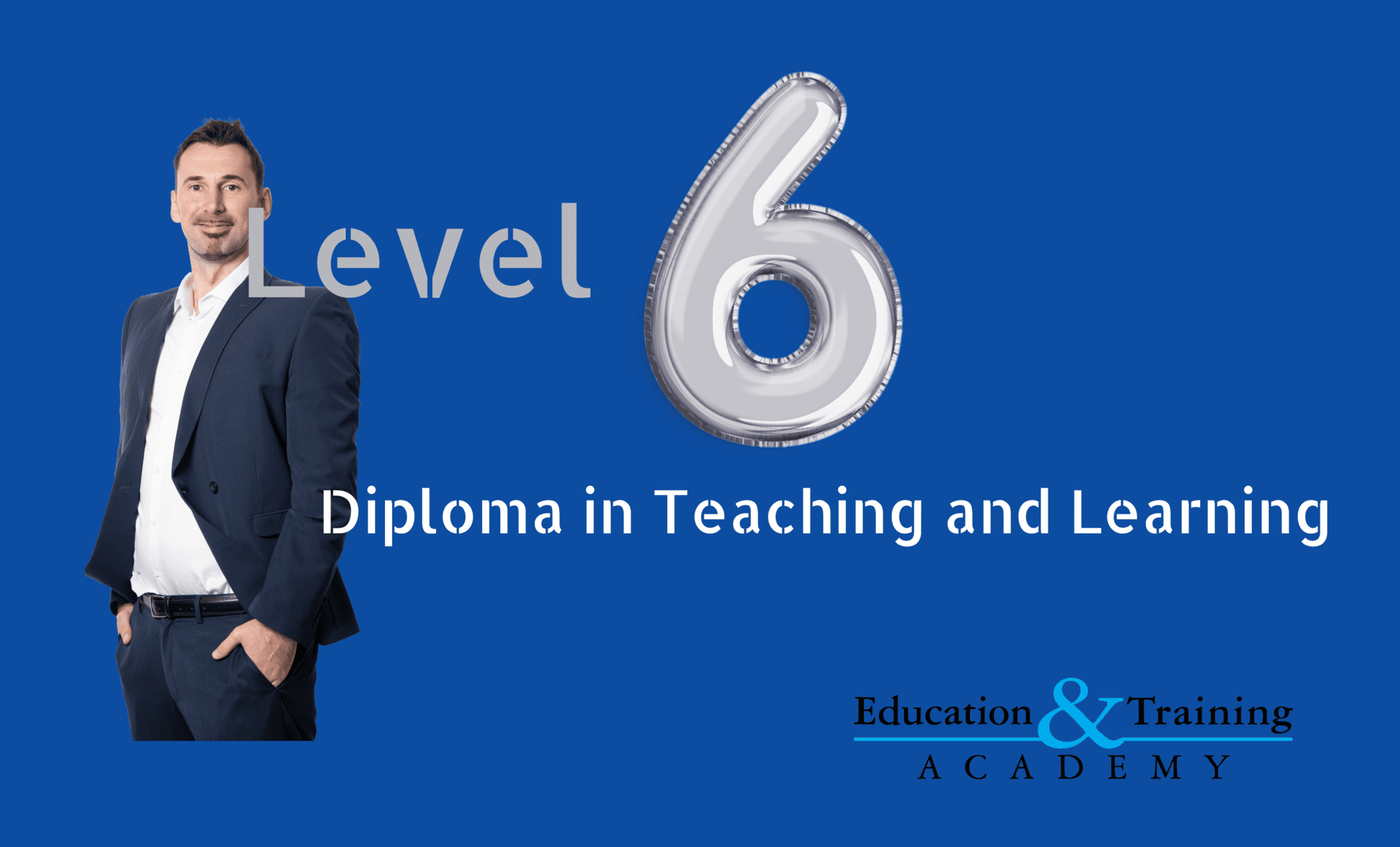
Mastering the Art: Dealing with the Class Expert - A Guide for Level 3 Award in Education and Training (AET) Learners

Teaching is a dynamic journey filled with diverse challenges, and one common fear for new educators, particularly those pursuing the Level 3 Award in Education and Training (AET), is dealing with the class expert. This fear often stems from concerns about managing the dynamics of having a student who possesses advanced knowledge or experience. In this comprehensive guide, we will explore effective strategies to navigate this situation and turn it into a positive and enriching experience for both the educator and the class.
Understanding the Fear:
The fear of dealing with a class expert is rooted in uncertainties about maintaining authority, addressing potential disruptions, and ensuring an inclusive learning environment. However, with the right approach, having a knowledgeable student in the class can be an asset rather than a challenge.
1. Acknowledging the Class Expert's Value
Recognize the value that a class expert brings to the learning environment. The Level 3 Award in Education and Training (AET) emphasises the importance of recognizing and leveraging the diverse strengths and experiences of learners.
2. Establishing Inclusive Learning
Set the tone for an inclusive learning environment where every student, including the class expert, feels valued. This aligns with the AET's commitment to creating a supportive and respectful learning atmosphere.
Strategies for Effective Collaboration:
3. Encouraging Open Communication
Foster open communication with the class expert. Encourage them to share their knowledge while emphasising the collaborative nature of the learning process. This approach aligns with the Level 3 Award in Education and Training (AET) principles of creating an interactive and participative teaching environment.
4. Utilizing Peer Teaching Opportunities
Leverage the expertise of the class expert by incorporating peer teaching opportunities. This not only empowers the expert to share their knowledge but also promotes collaborative learning—an approach endorsed by the AET.
Managing Classroom Dynamics:
5. Establishing Clear Expectations
Set clear expectations for classroom behaviour and contributions. Clearly communicate the role of the class expert, emphasizing their valuable contribution without overshadowing the learning experience for other students. This aligns with the Level 3 Award in Education and Training (AET) standards of clarity in teaching practices.
6. Balancing Expert Input
Strike a balance between incorporating the class expert's input and ensuring that the learning remains accessible and beneficial for all students. This balance aligns with the AET's emphasis on adapting teaching methods to meet the diverse needs of learners.
Turning Challenges into Opportunities:
7. Embracing Diversity in Knowledge
Celebrate the diversity of knowledge within the classroom. Encourage discussions that highlight various perspectives, fostering an environment where every student, including the class expert, can contribute meaningfully. This approach aligns with the AET's commitment to recognizing and valuing diversity.
8. Adapting Teaching Strategies
Adapt your teaching strategies to accommodate the class expert's knowledge. Tailor activities and assignments to provide opportunities for them to contribute without overshadowing other learners. This flexible approach aligns with the Level 3 Award in Education and Training (AET) principles of responsive teaching.
Creating a Positive Learning Atmosphere:
9. Encouraging Peer Support
Encourage peer support among students. Foster an atmosphere where the class expert can assist their peers, creating a collaborative learning community. This cooperative approach aligns with the AET's emphasis on collaboration in the learning process.
10. Post-Class Reflections
Reflect on class dynamics after each session. Consider the impact of the class expert's contributions and adjust your approach as needed. This reflective practice aligns with the Level 3 Award in Education and Training (AET) ethos of continuous improvement in teaching practices.
Conclusion:
In conclusion, dealing with the class expert is an opportunity to create a dynamic and enriching learning environment. By acknowledging the value of diverse knowledge, fostering open communication, and adapting teaching strategies, educators can turn potential challenges into collaborative learning opportunities. Embrace the expertise within your classroom, and let it contribute to the collective growth and success of all learners.


